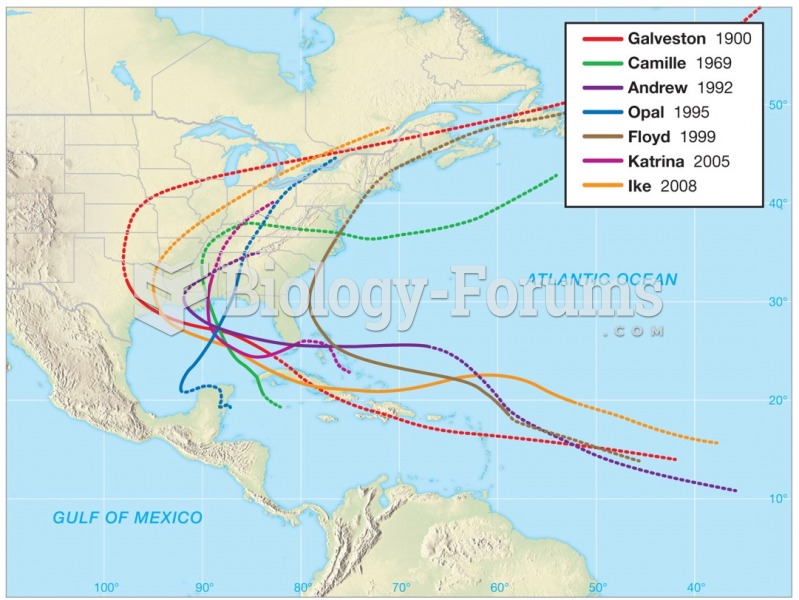Answer to Question 1
ANSWER: The majority of the population are impoverished and forced to live in areas at high risk of natural disasters. Many people of South America are forced out of fertile valleys and onto vulnerable hillsides to live. Resource-rich delta regions are dangerous low-lying coastal areas to which people of poor countries often look for food despite being in danger of floods and storm surges. Much of Central America is mountainous, with fertile valley bottoms that are mostly controlled by large corporate farms. Many people have big families that survive on little food and marginal shelter; unable to afford land in the valley bottoms, they decimate the forests for building materials and fuel for cooking, leaving the slopes vulnerable to frequent landslides. Others migrate in search of work to towns in valley bottoms, where they crowd into marginal conditions on floodplains close to rivers subject to flash floods and torrential mudflows fed from denuded slopes.
Answer to Question 2
ANSWER: The majority of the population are impoverished and forced to live in areas at high risk of natural disasters. Many people of South America are forced out of fertile valleys and onto vulnerable hillsides to live. Resource-rich delta regions are dangerous low-lying coastal areas to which people of poor countries often look for food despite being in danger of floods and storm surges. Much of Central America is mountainous, with fertile valley bottoms that are mostly controlled by large corporate farms. Many people have big families that survive on little food and marginal shelter; unable to afford land in the valley bottoms, they decimate the forests for building materials and fuel for cooking, leaving the slopes vulnerable to frequent landslides. Others migrate in search of work to towns in valley bottoms, where they crowd into marginal conditions on floodplains close to rivers subject to flash floods and torrential mudflows fed from denuded slopes.







